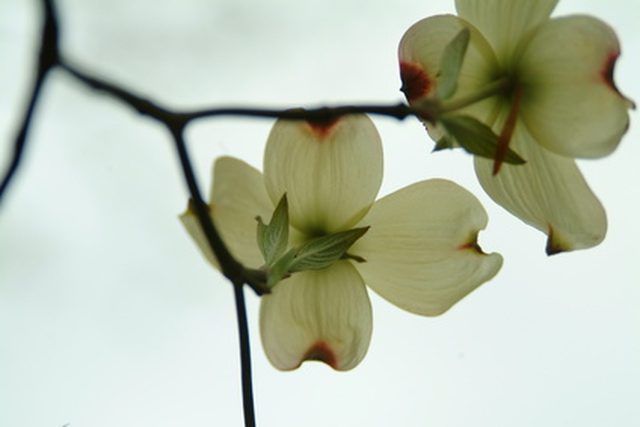Bulbs
Flower Basics
Flower Beds & Specialty Gardens
Flower Garden
Garden Furniture
Garden Gnomes
Garden Seeds
Garden Sheds
Garden Statues
Garden Tools & Supplies
Gardening Basics
Green & Organic
Groundcovers & Vines
Growing Annuals
Growing Basil
Growing Beans
Growing Berries
Growing Blueberries
Growing Cactus
Growing Corn
Growing Cotton
Growing Edibles
Growing Flowers
Growing Garlic
Growing Grapes
Growing Grass
Growing Herbs
Growing Jasmine
Growing Mint
Growing Mushrooms
Orchids
Growing Peanuts
Growing Perennials
Growing Plants
Growing Rosemary
Growing Roses
Growing Strawberries
Growing Sunflowers
Growing Thyme
Growing Tomatoes
Growing Tulips
Growing Vegetables
Herb Basics
Herb Garden
Indoor Growing
Landscaping Basics
Landscaping Patios
Landscaping Plants
Landscaping Shrubs
Landscaping Trees
Landscaping Walks & Pathways
Lawn Basics
Lawn Maintenance
Lawn Mowers
Lawn Ornaments
Lawn Planting
Lawn Tools
Outdoor Growing
Overall Landscape Planning
Pests, Weeds & Problems
Plant Basics
Rock Garden
Rose Garden
Shrubs
Soil
Specialty Gardens
Trees
Vegetable Garden
Yard Maintenance
Kentucky Flowering Trees
Kentucky Flowering Trees. Flowering trees native to Kentucky appear in small varieties, such as the serviceberries with average heights of around 15 to 20 feet, to the magnificent magnolias that can grow to more than 100 feet tall. Native Kentucky flowering trees may develop different growth patterns under contrasting environmental conditions. For...

Flowering trees native to Kentucky appear in small varieties, such as the serviceberries with average heights of around 15 to 20 feet, to the magnificent magnolias that can grow to more than 100 feet tall. Native Kentucky flowering trees may develop different growth patterns under contrasting environmental conditions. For example, the bigleaf magnolia, deciduous in Kentucky, flourishes as a semi-evergreen in the Deep South.
Serviceberries
Members of the pome-fruit group of trees in the rose family, the Amerlanchier genus has three species widespread across Kentucky. Known by the common name, serviceberry, or "sarvis" in Appalachia, species native to Kentucky are the Allegheny, downy, and shadblow serviceberries. All three produce white flowers in spring with the Allegheny grown as an ornamental. According to the University of Kentucky College of Agriculture, the shadblow serviceberry is the most cold hardy of the trio.
Magnolias
Another genus of flowering trees with three species spread across the state is the Magnolia. The Magnolia genus encompasses 100 or more species of trees and shrubs, both deciduous and evergreen. Known for their large, fragrant creamy white to yellowish flowers, they "were among the first flowering plants to appear on earth." Three species of Magnolia native to Kentucky are the bigleaf magnolia, the cucumber tree, and the umbrella magnolia. The cucumber tree, called the "most stately" of American deciduous magnolias can reach heights nearing 100 feet and spreads comparable to height.
The State Tree
A cousin to the magnolia, Kentucky's official state tree, the tulip poplar (Liriodendron tulipifera), bears flowers with pale green to yellowish petals on orange bases. Known in other parts of the world simply as the tulip tree, it garnered the common name "tulip poplar" from the name of its timber, "yellow poplar." This stately tree grows vigorously and often reaches heights of 100 feet or more with a 50-foot spread. The four-lobed leaves facilitate identification.
Two Favorites
Two spring flowering trees known for their showy blooms are the flowering dogwood and the eastern redbud. The white bracts of the flowering dogwood and the profuse and striking array of deep rose buds and rosy pink flowers of the eastern redbud provide a striking contrast when developing simultaneously as they often do in Kentucky. (Following flowering the eastern redbud develops distinct heart-shaped leaves.) Another dogwood species native to the state, the pagoda, generally produces its fragrant cream-colored flowers later in the spring and is not as showy as the flowering dogwood.
Other Flowering Trees
In addition to those mentioned, Kentucky is home to a number of other flowering trees, some with significant flowering, such as the northern catalpa, the cockspur hawthorn, and the black cherry. (The black cherry, which can reach 100 feet heights or more, bears fragrant white flowers in spring, followed by small black fruit in autumn, which is consumed by a variety of birds and mammals.) Several of Kentucky's native flowering trees bear inconspicuous flowers, such as the honey locust, or are like the sassafras which has flowers with no petals. However, it is important to remember that members of the same species grown elsewhere may develop differently.